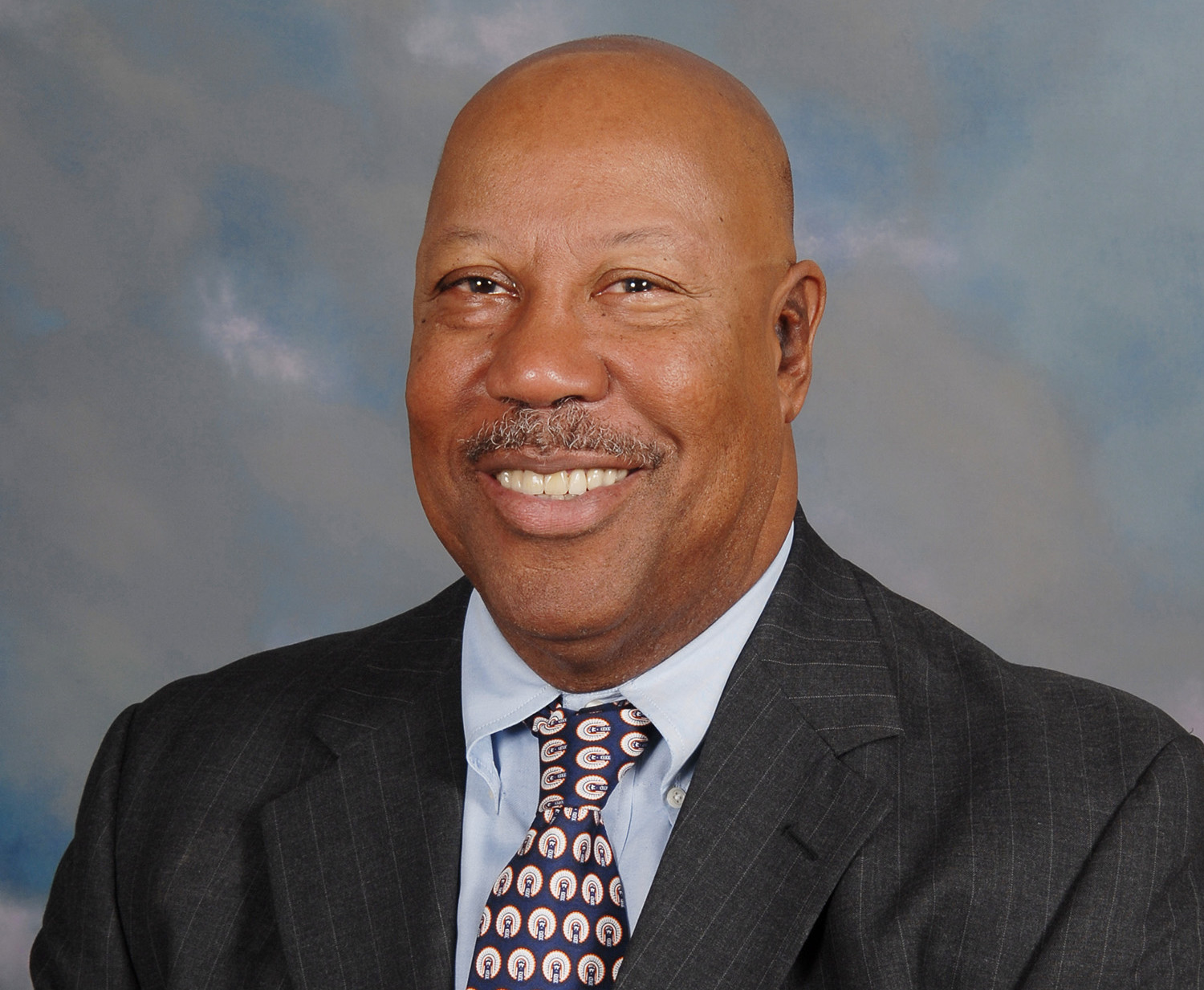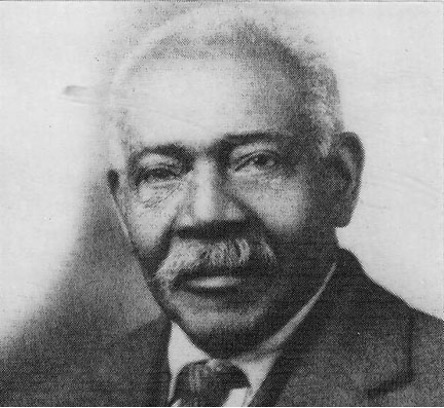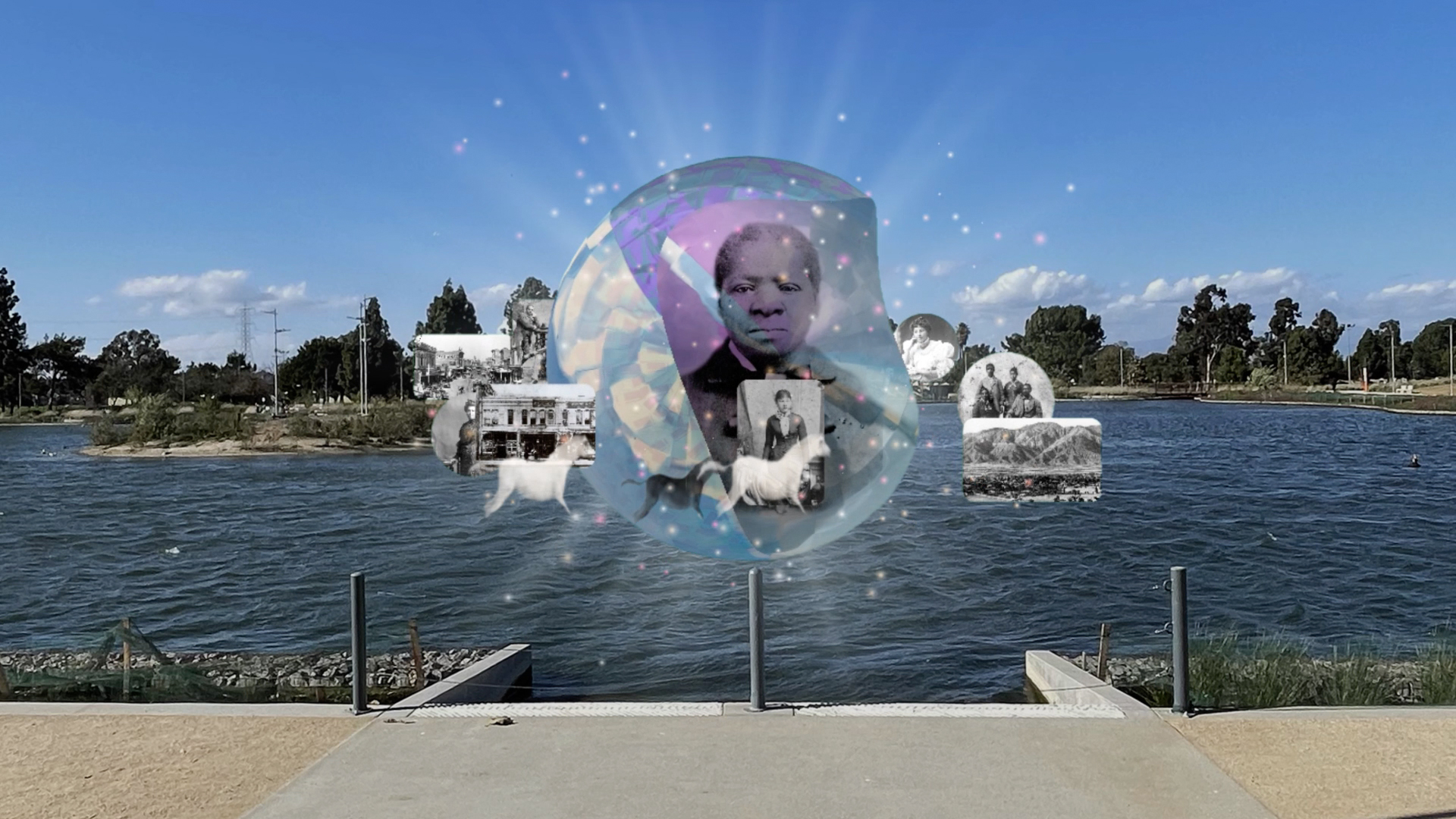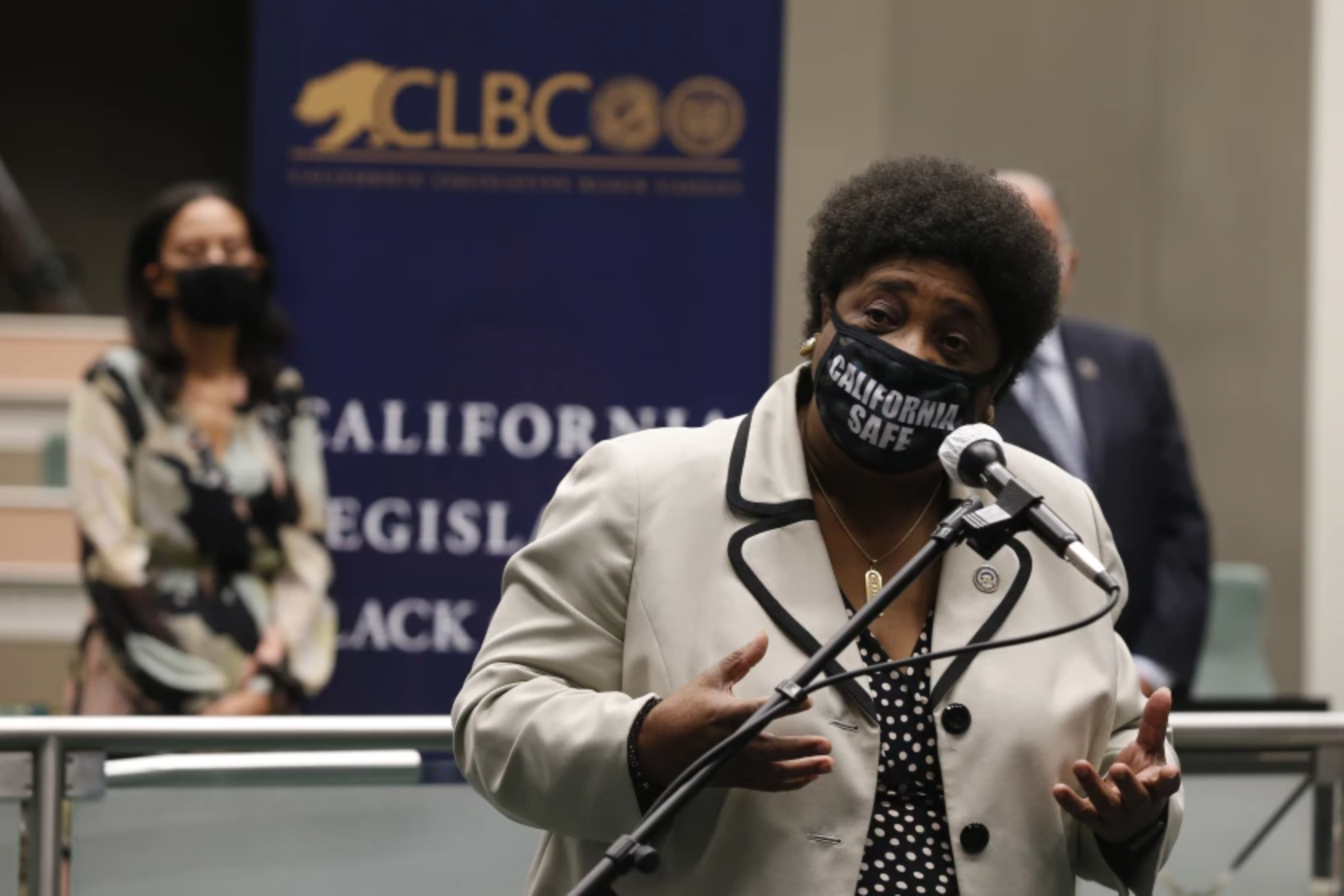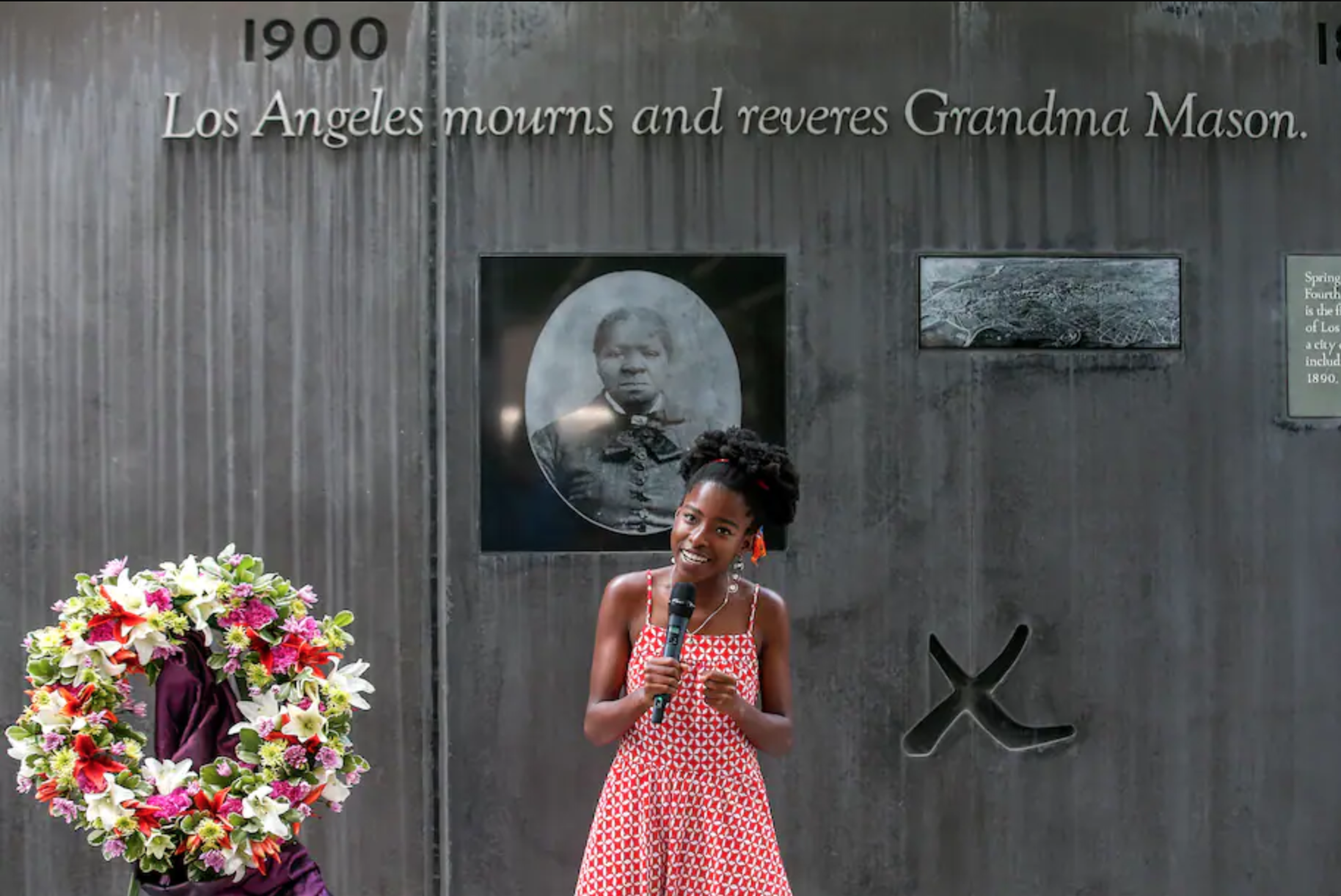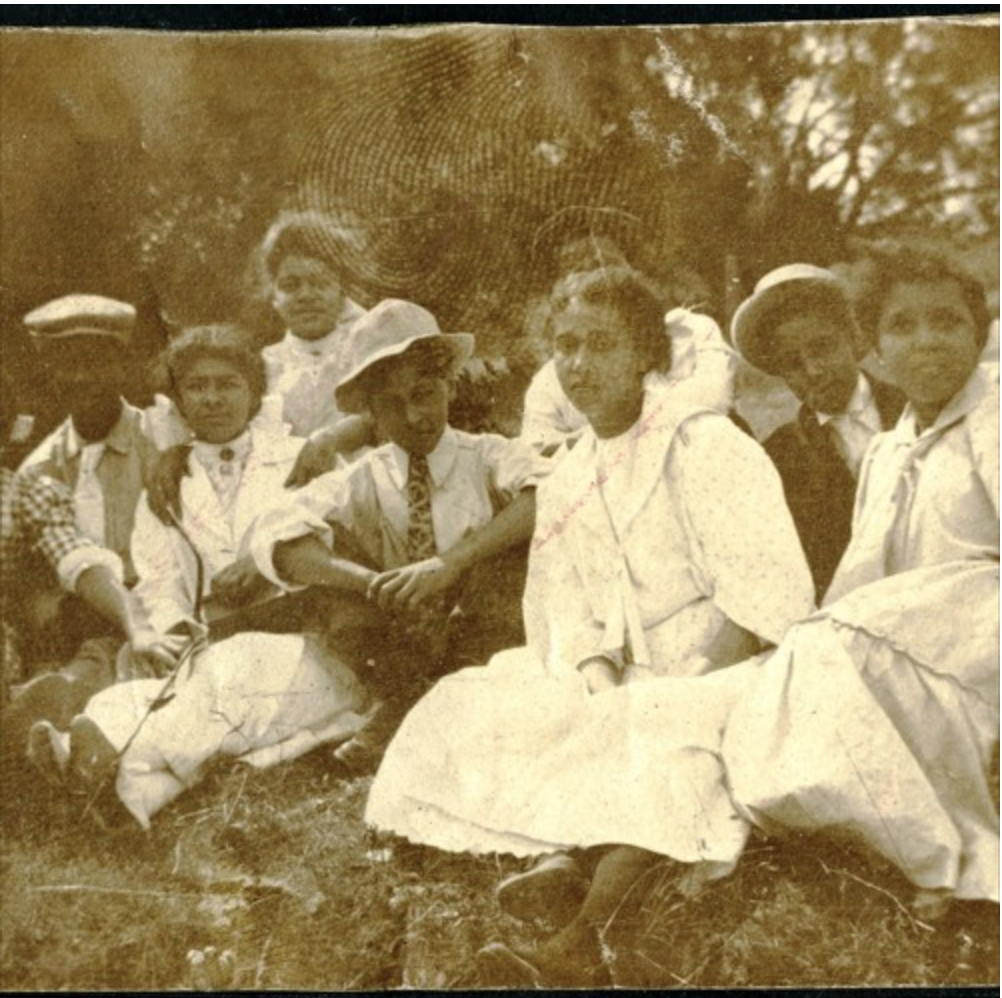I’m completing a manuscript, “The African American Church and Civic Engagement in L.A.: 1900-1950.” In 1900 L.A. was a market town of 100,000 residents, 2000 of whom were African Americans. By 1950, the population of Los Angeles had grown to over one and a half million people, of whom 170,000 were African Americans. At the onset of the twentieth century, W.E.B. DuBois emphasized the importance of the African American in the civic life of the community
“Consequently all movements for social betterment are apt to centre in the church . . .the minister often acts as an employment agent; considerable charitable and reericanlief work is done . . . the race problem in all of its phases is continually being discussed . . . “
Philadelphia Negro, p. 207.
My work examines the role of eight African American churches in the civic and public life of Los Angeles: First A.M.E. Church (1872), The Second Baptist Church (1885), Wesley Chapel (1888), Westminster Presbyterian Church, (1904), the New Hope Baptist Church (1907), St.
Philips Episcopal Church (1907), Lincoln Memorial Congregational Church (1912), and the People’s Independent Church of Christ (1915).
The purpose of this study is to examine these eight churches in the public square. Four church based/secular organizations allow me to tell the story of L.A. ‘s African American churches on the larger community: The Forum, 1903-1942, a civic society that was the forum for the African American community to express its opinions on issues of the day; The Good Samaritan Benevolent Society, a social service agency run by and for members of Second Baptist Church from 1906-1967; the L.A. Branch of the NAACP, 1913-present; and the Golden State Mutual Life Insurance Company, 1925. The Golden State Mutual Life Insurance Company has deep roots in the People’s Independent Church of Christ.
What allows me to tell this story are the archival materials from these various churches. I am the first scholar to gain access to the archives of the Second Baptist Church, St. Philip’s Episcopal Church, and the People’s Independent Church of Christ. In addition, I conducted interviews/oral histories with 63 people who were affiliated with one of these churches before 1950. The oral histories and first time archival materials give me a unique perspective.

